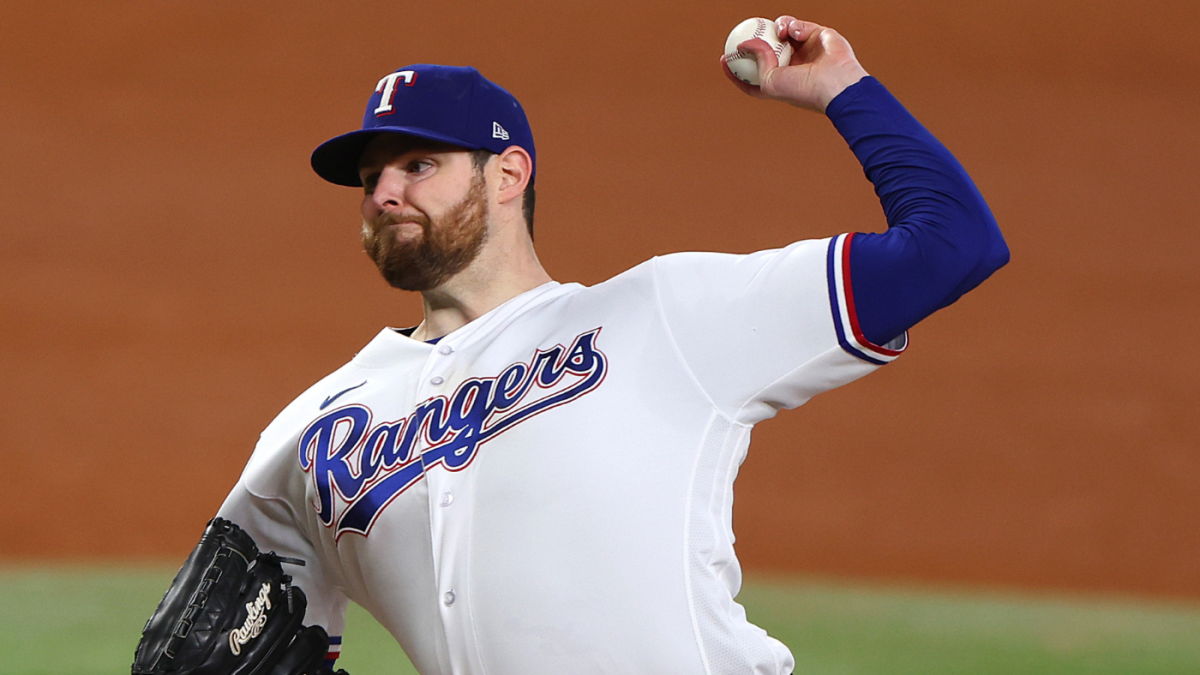As the Texas Rangers gear up for the season, the vibe around spring training is one of cautious optimism and unmistakable energy, thanks in part to a healthy start and the buzz of potential new additions and standouts. While it’s early days, the team’s preparation has already offered a few hints at what fans might expect on the opening pitch. Here’s a deeper dive into how the Rangers are shaping up:.

At the forefront is the team’s clean bill of health, a rarity in the grueling grind of spring training. The Rangers have managed to avoid the injury bug that often complicates roster decisions and game plans, allowing the team to focus on conditioning and cohesion without the backdrop of rehab updates.
Adding to the excitement is the prospect of pitcher Jordan Montgomery joining the fold. His potential addition is viewed as a significant bolster to the rotation and bullpen, promising to bring depth and quality to the mound. Montgomery’s track record suggests he could transform the pitching staff, lifting expectations for the unit’s performance this season.
Brock Burke, the left-handed pitcher, has seized his opportunities in spring outings. Showing control and consistency, Burke has all but cemented his place on the squad. His progression not only strengthens the pitching lineup but also demonstrates the Rangers’ depth in left-handed pitching options.

Meanwhile, non-roster invitees Jesús Tinoco, Shreve, and Castillo have turned heads with their early performances. Tinoco, in particular, has wowed with his fastball velocity, making a strong case for inclusion. The success of these invitees highlights the potential for undiscovered talent to impact the team’s plans.
Behind the plate, catcher Knizner has tapped into his power potential, presenting an intriguing dilemma regarding the catcher’s position. With his robust showing, the Rangers might consider carrying three catchers, especially if other prospects struggle to hit their stride in spring training.
The infield roster is shaping up to be a formidable group with names like Lowe, Semien, Seager, Jung, Duran, and Smith. This lineup promises both defensive reliability and offensive firepower, offering a mix of experience and youthful energy that could define the Rangers’ infield play.

Corey Seager’s injury situation remains a point of focus, with the team optimistic about his readiness for Opening Day. Nevertheless, the Rangers are not putting all their eggs in one basket, developing contingency plans to ensure the shortstop position remains solid regardless of Seager’s status.
Finally, the emergence of prospects like Foscue and Langford in the fight for roster spots speaks volumes about the Rangers’ depth of young talent. These promising bats not only ensure competition but also signal the team’s bright future and commitment to developing from within.
In sum, the Texas Rangers’ spring training has been a blend of positive health, promising performances, and strategic planning. If the pieces fall into place, the team could be looking at a season that surpasses expectations, fueled by a mix of seasoned talent and emerging stars.